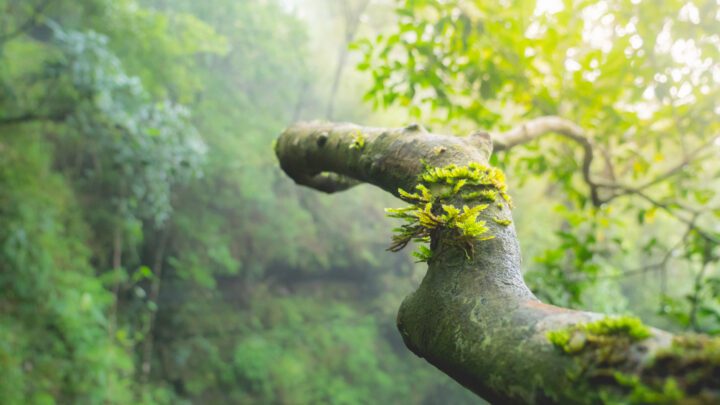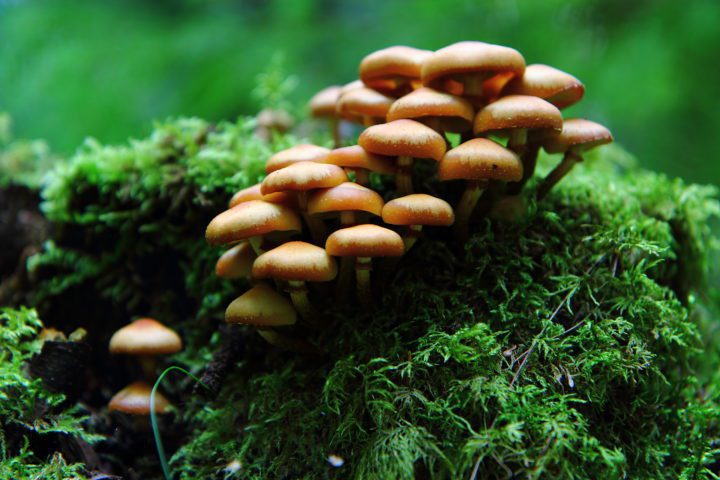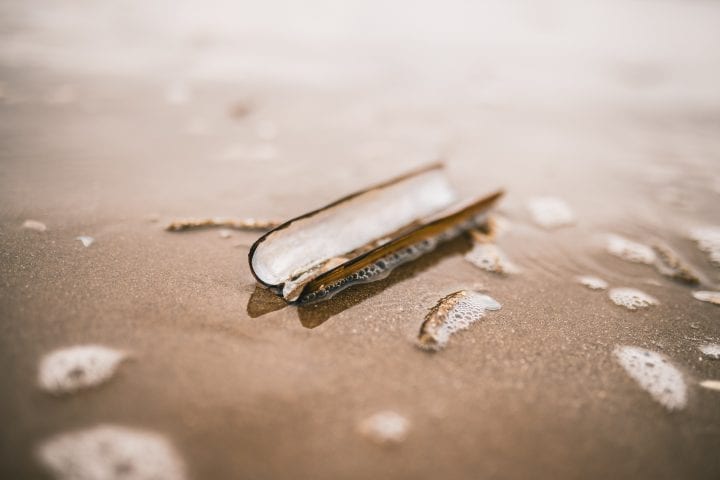BIOMAP technology from Iowa State University creates a replica of a natural surface using undercooled metallic particles.
Benefits
- Customizable
- Reduced waste
Applications
- Manufacturing
- Building materials
UN Sustainable Development Goals Addressed
-

Goal 9: Industry Innovation & Infrastructure
-

Goal 12: Responsible Production & Consumption
The Challenge
The intricacies of natural patterns and textures can make them difficult to accurately replicate. The textures are unique all the way down to the nanoscale, and traditional manufacturing processes cannot provide this level of detail. This ends up reducing product efficiency in the long term.
Innovation Details
BIOMAP is a heat-free technology that uses tiny metal particles, approximately a millionth of a meter in diameter, to coat a desired surface and form-fit the gaps, crevices, and other unique textures on a natural surfaces, such as a rose petal. The metal droplets are then exposed to oxygen and coated with an oxidation layer, trapping the metal in a liquid state, even at room temperature. A chemical trigger joins and solidifies the particles to each other but not to the surface, allowing solid metallic replicas to be lifted off, creating a negative relief of the surface texture. Positive reliefs can be made by using the inverse replica to create a mold and then repeating the process. Importantly, the replicas kept the physical properties of the surfaces, just like in elastomer-based soft lithography.
Biological Model
Although this technology uses metal to replicate natural surfaces and is not technically , it makes it easier to replicate these natural surfaces on the microscale for use in future biomimetic technologies. One such natural surface is rose petals, which is superhydrophobic, meaning it is highly repellant to liquids such as water. However, unlike other superhydrophobic surfaces where liquids readily slide off, liquids on rose petals cling tightly to the surface, even if the petal is held upside down. Traditional superhydrophobic surfaces such as lotus leaves are covered in nanoscale bumps which keep liquids in droplet form, allowing it to easily roll off the surface. Rose petals have similar bumps, but unlike other superhydrophobic surfaces, these bumps are covered in folds. These folds are spaced close enough together to keep water droplets from penetrating the surface, but far enough apart to keep them from rolling off.




